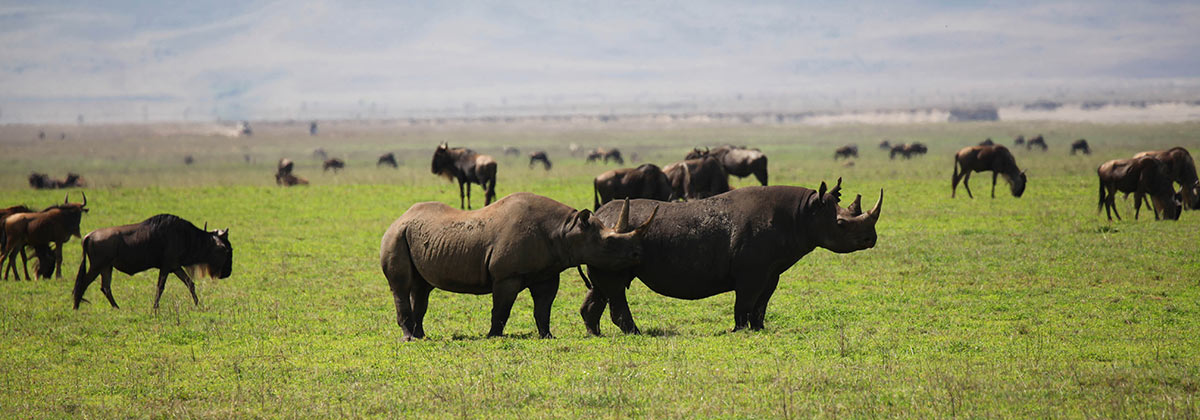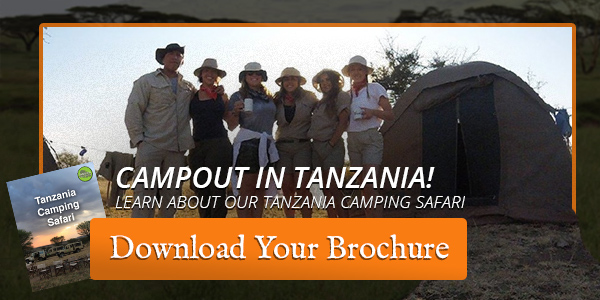On the Quest To See The Great Migration
“When is the Great Migration?” is a loaded question. The short answer is that the cyclical journey happens year round and never ends. The long answer is that it depends on what you are interested in seeing! Whether the focus is going on safari in Tanzania’s Serengeti, exploring the Ngorongoro Conservation Area or seeing a river crossing at the legendary Mara River, the the best time see the Great Migration depends on where and when you go.
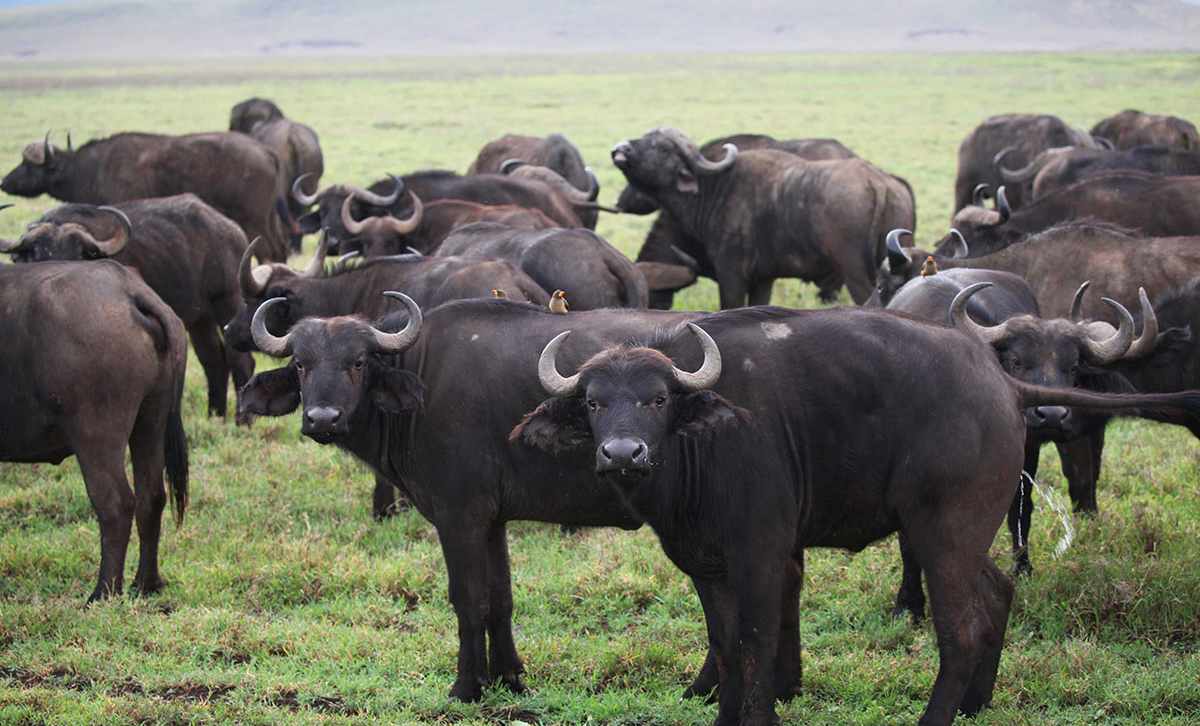
Buffalo in the Ngorongoro Crater
As the herd of over two million wildebeest, zebras and other wildlife go through the annual route of the Great Migration, they have one goal in mind: find fresh grazing land and drinking water. This makes the route largely dependent on rainfall patterns and weather. Additionally, since the animals don’t move as a singular pack, their timing and locations don’t necessarily follow an exact timetable. The individual herds can move forward, backward and sideways, so seeing the Great Migration in the same place and time each year is unlikely. The unpredictable movements of the herd mean that it can take around a month for the entire herd to move to find fresh food. Maps showing where and when of the Great Migration attempt to depict a summary of the trek’s pattern, but the route may fluctuate from year to year.
When Do See The Great Migration
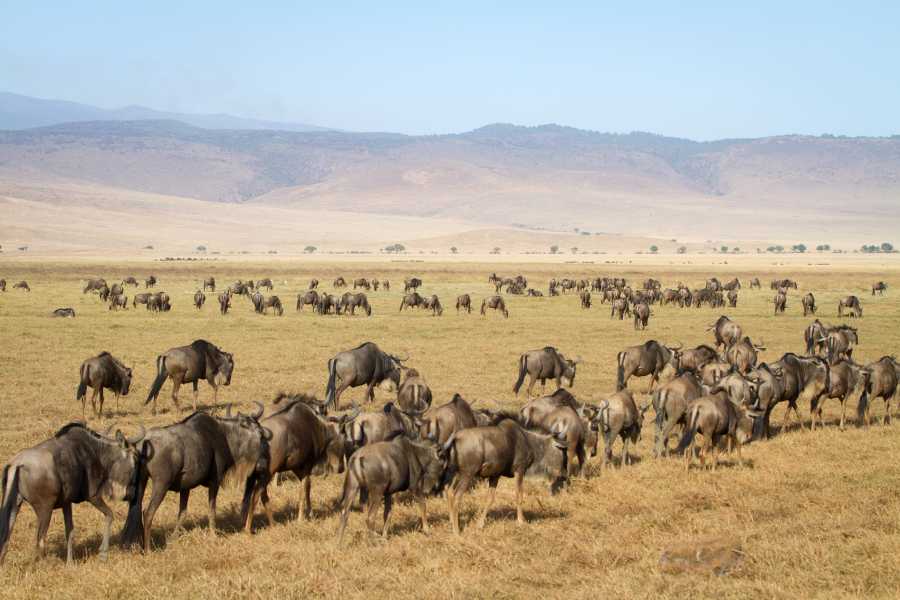 December – March: The Ngorongoro Conservation Area & Calf Birthing
December – March: The Ngorongoro Conservation Area & Calf Birthing
During this season, the Great Migration congregates at the Ngorongoro Conservation Area in Southern Tanzania to wolf down abundant short grass. This region is a UNESCO World Heritage Site, and boasts natural wonders like the Ngorongoro Crater, archaeology discoveries and remarkable biodiversity and wildlife. The Gondwana Ecotours Wildlife Safari in Tanzania travels to the Serengeti National park and Ngorongoro Crater to experience these natural wonders first hand!
This time also serves as preparation for the synchronized wildebeest calf birthing that occurs for a few weeks between late January and early March each year. An estimated 300,000 to 400,000 calves are born within a few weeks. Though predators claim the lives of several calves during this time, the real danger lies ahead in the form of disease, fatigue, or simply getting lost.
- April – June: The Journey North & Grumeti River Crossing
Around April, when the food supply diminishes, the massive herd and the newly born wildebeest calves gradually start the journey Northwest toward Kenya. From March to May, heavy rains fall on the Serengeti, making travel difficult for humans and animals alike! The wildebeest use this time to begin mating for next year’s calving season. - By June, the wet season ends and the land begins to recover. At this point, the Great Migration amasses in a large crowd before making its first river crossing at the Grumeti River. This annual river crossing is a favorite safari spot, where travelers can see wildebeests, zebras, and other game fight for their lives against the current and the huge crocodiles awaiting their yearly feast.
- July – November: The Mara River Crossing & Kenya’s Maasai Mara
After the animals feast on the available grass and water near the Grumeti, the herd moves onto the most iconic stop of the Great Migration, the river crossing at Mara River. Weather depending, this crossing can happen any time between early July to mid August. The crossing location and time cannot be pinpointed because it fluctuates each year. Herds may congregate in the thousands, then wander off to a different area along the river. When they finally do make the crossing, it is one of nature’s most savage phenomenons, as many weak, young, or unlucky animals lose their lives to crocs along the way. Learn more about the best time to visit Tanzania using the ultimate guide.
Where does the Great Migration End
The animals who make it through the journey alive reach their final destination, Kenya’s Maasai Mara around September, making it an excellent time for safari in the park. The wildlife only stays here for a few months, before turning around and heading south in October and November. This completes the annual route, as the animals head back to the green grazing pastures of the Serengeti.
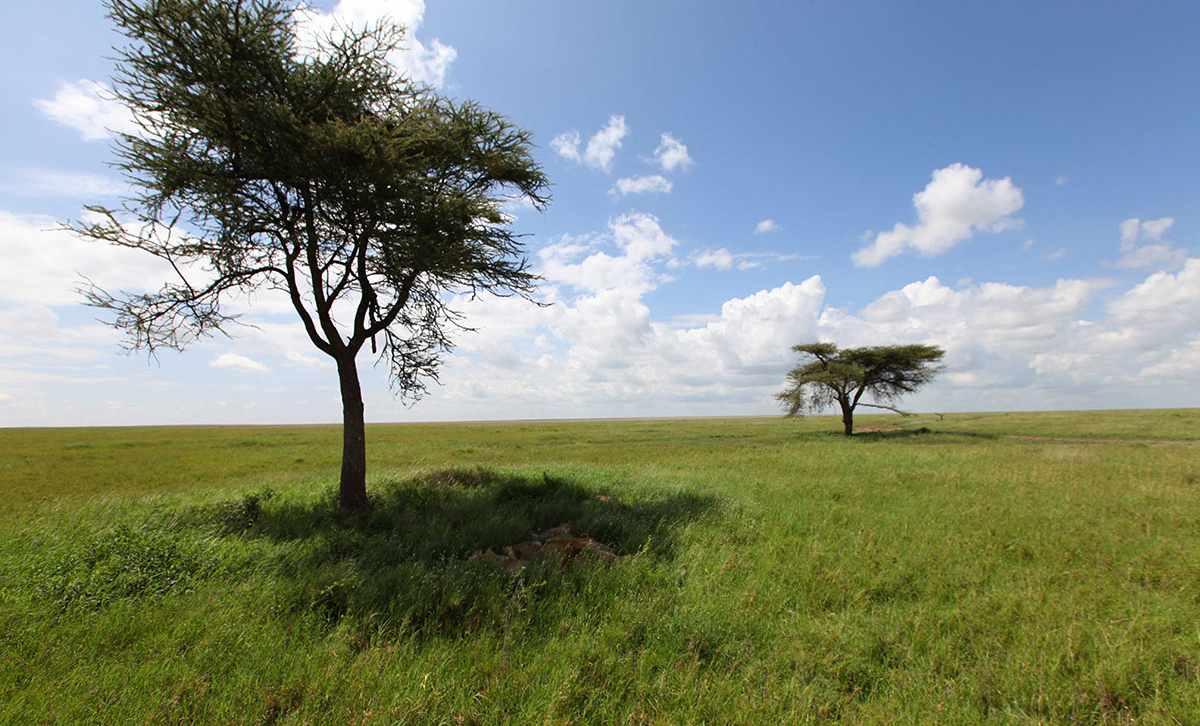
Serengeti-home of much of the Great Migration
For those wondering “When is the Great Migration?”, the true answer is imprinted in the genes of the 2 million wildebeest, zebra, and other animals that go along for the ride. Humans have to rely on history, maps, and weather patterns to guess where and when to see the Great Migration. Though elusive, this migration is a year round safari favorite.
As the animals start their return journey from the Maasai Mara back to the Serengeti, a sense of nostalgia fills the air. The vast herds gradually make their way across the savannah, leaving behind traces of their presence in the form of grazing spots and footprints. The cycle continues, with each passing year marking another chapter in this ancient migration story. Safari enthusiasts eagerly await the next migration, knowing that they are witnessing a natural phenomenon that transcends time and captivates the hearts of all who are fortunate enough to witness it.
Plan Your Trip To See The Great Migration
Witness the spectacular Great Migration with Gondwana Ecotours. As you plan your trip, prepare to be awe-struck by the sight of thousands of wildebeests, zebras, and gazelles crossing the vast plains of East Africa in search of greener pastures. Gondwana Ecotours offers a unique and sustainable safari experience, ensuring that your journey not only leaves a lasting impact on you but also contributes to the conservation of the region’s wildlife and communities. From exhilarating game drives to cultural encounters with the Maasai tribes, a trip with Gondwana Ecotours promises an unforgettable immersion into the wonders of the natural world.

